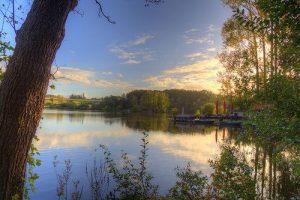Hi Edubloggers,

Think about the last time you were in contact with water when ever it was washing your hands to filling a refreshing glass of water.
Consider yourself lucky that you have access to clean water when people in other forgein places don’t have access to clean water causing diseases. For too long we have taken water for granted. Most Americans don’t know whether their water comes from a lake, groundwater, a reservoir or a river. We seldom realize that a water crisis may be coming soon to a community near us until it does. You may think of going to a lake or nearest body of water, but it might contain germs like cholera that will make you lose more liquids. For years we thought water was life, but really it depends on the steriltie of any liquid.
More than one in every six people in the world is water stressed, or that they do not have sufficient access to potable water. Those that are water stressed make up about 1.1 billion people in the world and are living in developing countries such as Sudan, Nigeria, and Haiti. According to the water project, a country or region is said to experience “water stress” when annual water supplies drop below 1,700 cubic metres per person per year. At levels between 1,700 and 1,000 cubic meters per person per year, periodic or limited water shortages can be expected. When a country is below 1,000 cubic meters per person per year, the country then faces water scarcity .
In 2006, about 700 million people in 43 countries were living below the 1,700 cubic metres per person threshold.Water stress is ever intensifying in regions such as China, India, and Sub-Saharan Africa, which contains the largest number of water stressed countries of any region with almost one fourth of the population living in a water stressed country.The world’s most water stressed region is the Middle East with averages of 1,200 cubic metres of water per person.In China, more than 538 million people are living in a water-stressed region. Much of the water stressed population currently live in river basins where the usage of water resources greatly exceed the renewal of the water sources.
These are some reasons why we should donate to some of these countries. Water is so vital that nobody can survive without it…. NOBODY!
Bye,
Hmschad

